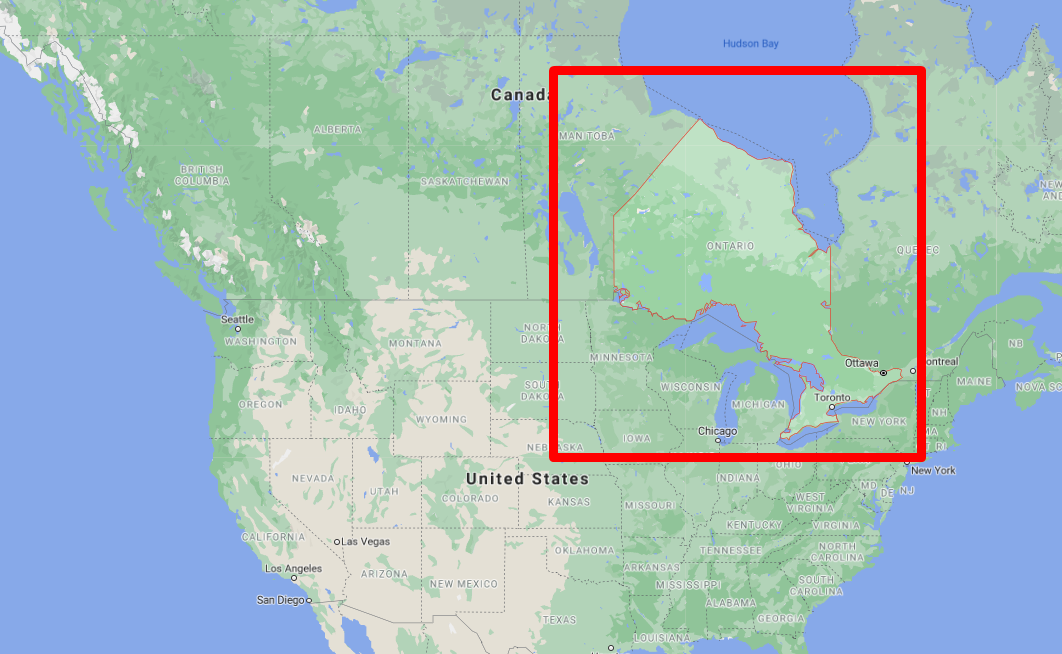

Other, larger, provinces, especially Ontario and Quebec, have struggled with critical periods of large and/or rapidly increasing known infection (KI) counts, responding with strict measures such as stay-at-home orders and curfews. The Atlantic provinces of New Brunswick, Nova Scotia, and Prince Edward Island have been successful in controlling SARS-CoV-2 spread, with only small, occasional outbreaks that were rapidly contained. Even within Canada, COVID-19 mitigation success has varied by region. Other countries, including Canada, initially succeeded in controlling the spread of the virus, but went on to suffer a large second wave of infection amid reopening efforts. Notably successful countries include Vietnam, New Zealand, and Taiwan, which serve as important case studies for future pandemic preparedness efforts. Different regions have seen varying degrees of success with their specific mitigation strategies. The virus, which can cause the development of Coronavirus Disease 2019 (COVID-19), has been detected in 223 of the 237 countries, territories, and areas recognized by the World Health Organization.

In early 2020, the first outbreak of severe acute respiratory syndrome coronavirus 2 (SARS-CoV-2) was reported in Wuhan, Hubei Province, China. These results suggest that vaccine programs should aim to prevent infection not only in old seniors, but also in young seniors and middle-aged individuals, to protect them from serious illness and to limit stress on the healthcare system. If acute care capacity is exceeded due to an increase in COVID-19 prevalence, the distribution of deaths could expand toward younger ages. The probability of survival given hospitalization for COVID-19 is lower than is generally perceived for patients over 40. This need is not captured by the distribution of deaths, which is heavily concentrated in very old ages. Our study demonstrates a significant need for hospitalization in middle-aged individuals and young seniors. The probability of survival given hospitalization is nearly 100% for adults younger than 40, but declines substantially after this age for example, a hospitalized 54-year-old patient has a 91.7% chance of surviving COVID-19 (95% CI 88.3%–94.4%). The estimated probability of hospitalization given known infection reaches a maximum of 27.8% at age 80 (95% CI 26.0%–29.7%). The distribution of hospitalizations peaks with a wide plateau covering ages 60–90, whereas deaths are concentrated in ages 80+. We quantified the probability of hospitalization given known SARS-CoV-2 infection, and of survival given COVID-19-related hospitalization. We analysed 277,555 known SARS-CoV-2 infection records for Ontario, Canada, from 23 January 2020 to 16 February 2021 and estimated the age distributions of hospitalizations, Intensive Care Unit admissions, intubations, and ventilations. The aim of this study is to quantify the relationship between COVID-19 patient age and serious outcomes of the disease, beyond fatalities alone. Less attention has been given to the age distributions of serious medical interventions administered to COVID-19 patients, which could reveal sources of potential pressure on the healthcare system should SARS-CoV-2 prevalence increase, and could inform mass vaccination strategies. Age-specific distributions of known SARS-CoV-2 infections and COVID-19-related deaths are available for many regions.

Patient age is one of the most salient clinical indicators of risk from COVID-19.


 0 kommentar(er)
0 kommentar(er)
